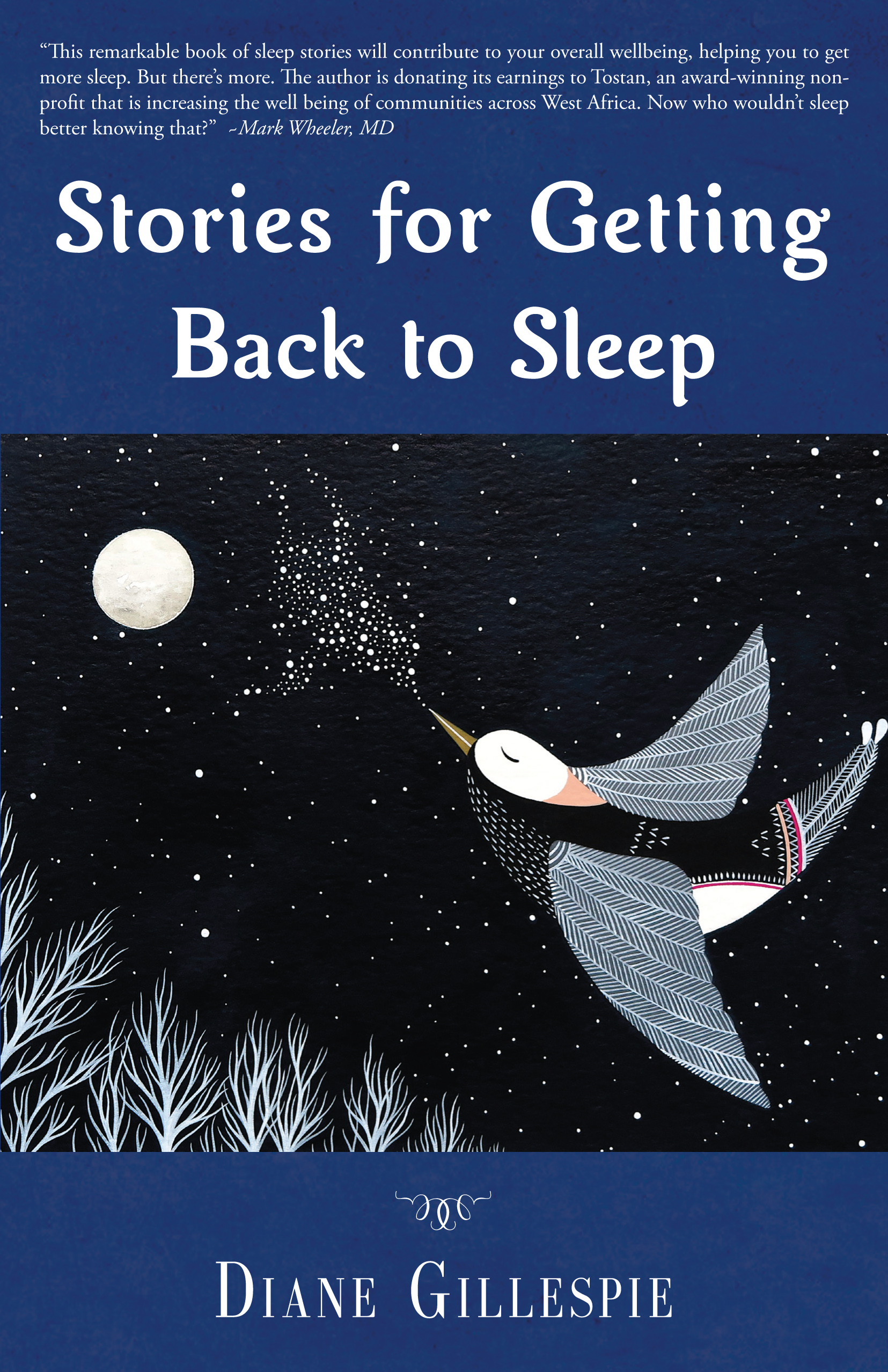“At the Beach” and how to use stories to increase abundant, natural sleep

AT THE BEACH
Sitting in her lounge chair on the white sandy beach, Laura slowly lifted the cap on the baby oil, squeezed some out on her hand and watched as it spread out on her palm. She reached down and rubbed it into her feet and ankles and then, pouring more out, she spread it around her knees. She had meant to bring the SPF 50, but the oil was what she found in her bag. After a clear, hot, sunny day, it was still 80 degrees at 4:30. “Since I’ve been under the umbrella all day, twenty minutes in the sun won’t hurt,” she thought to herself as she put the umbrella top down. She poured out more oil and rubbed it into her neck and arms.
About 30 feet from her chair, the white-capped waves rippled through the bluegreen sea. The sand on the beach was white; the umbrellas that dotted it were colorful, their awnings fluttering in the wind. She had been dreaming of this exact moment all through December. Omaha had been bitterly cold, the ice and snow keeping her inside for many days. And when she walked across campus to her class, not even her long down coat could keep out the frigid cold. She felt her body tense up as the wind nipped at her face until it felt numb. She remembered thinking as she walked to class that she had never been so cold.
And here she was on winter break, on this beach, oiled and warm. Her family had gone to a nearby amusement park for two days, and she had these days all to herself. Since mid-afternoon, after a leisurely lunch, she had been reading her mystery, drinking iced chamomile tea and watching some children build sand castles. They shouted as the waves advanced on their fragile structures, as if their voices could push back the ocean. All around were soft sounds—a radio playing music in the distance, several couples laughing or calling out to their children, the waves lapping against the sandy shore.
She watched the children laugh as they raced bravely toward the waves and thought about her own situation back in her office in Omaha several days before coming here. One of her best students had not turned in her last paper, and after much deliberation Laura had given her an incomplete instead of a “D”, even though the student hadn’t requested one. Technically, she wasn’t supposed to award an incomplete without a written request from a student, but she was pretty sure this student would appear at her office door at the beginning of the new semester with an explanation and with the paper. And if she didn’t, Laura could change her grade to a “D”. She wondered if her students’ lives were more complex than when she started teaching, or whether they just found her more approachable as she aged.
She deliberately stepped back from that memory, as it started to raise tensions inside her. She thought about the hot sun on her oiled body, and then, looking out toward the horizon, she consciously put the memory and its tensions on the sturdy sailboat that was tacking across the large inlet. “Here you go,” she thought, “please take these worries with you.” The sailors had no notion that they were now carrying her freight. She lay back on her lounge chair and closed her eyes; she took a deep breath and held it and felt the tension in her shoulders relax as she exhaled slowly. The sun felt hot on the front of her legs and arms; she turned over on her stomach to give her backside some sun. She lifted up a handful of the warm sand and let it sift through her fingers.
“It doesn’t get better than this,” she thought.
Before she knew it, she was thinking about the three classes she was to teach next quarter and how she would have to prepare, maybe even while she was here for just this short time. “Why don’t we get a longer winter break?” she moaned to herself, knowing that the quarter system left teachers no slack. She would pay for taking this trip the first two weeks of the next quarter. Again, she found her tensions rising. But she caught herself, saying, “Step back.” She raised her head up and looked out and found the sail boat that was already carrying her stress from last quarter. It was farther out now. She sent it the worries for next quarter, hoping it wouldn’t go under. She watched it as it sailed, a white feather in the wind, out into the deep blue sea. As it vanished into the distance, she sighed and felt all the tension leave her body.
She put the umbrella back up so that she could get out of the direct sun. Lying back on the lounge chair cushions, she remained present with her body, still feeling warm and relaxed. She closed her eyes and heard a family in the distance packing up and leaving. A couple lay on lounge chairs several yards away; the woman was reading and the man sleeping. The beach was quiet now except for the hypnotic sound of the waves, lapping the shore as the tide came in. She thought that she would read but found her eyes closing and she drifted off as if she were floating on the warm ocean water.
How to Use This Book–from the Introduction
This slim volume offers [a set of 16] sleep stories or scenarios. Each scenario includes a sequence of actions that results in the character successfully going to sleep. The scenarios are varied by place, types of characters and weather conditions. I recommend that you read the sleep scenarios during the day, choose one or two that you like and that you think will make you sleepy, and read them several times. Once you have the sequence of actions down from one of the stories, you can imagine the scenario when you wake up and want to fall back to sleep, without turning on the light and reading the story. Artificial light disrupts sleep. Of course, you can read the stories during the night and then try them out. But the idea is that the stories are there for you in your memory as soon as you are back in bed in the dark. Before you think of anything else, you remember a story and watch it unfold, like a movie in your the mind, in slow motion.

